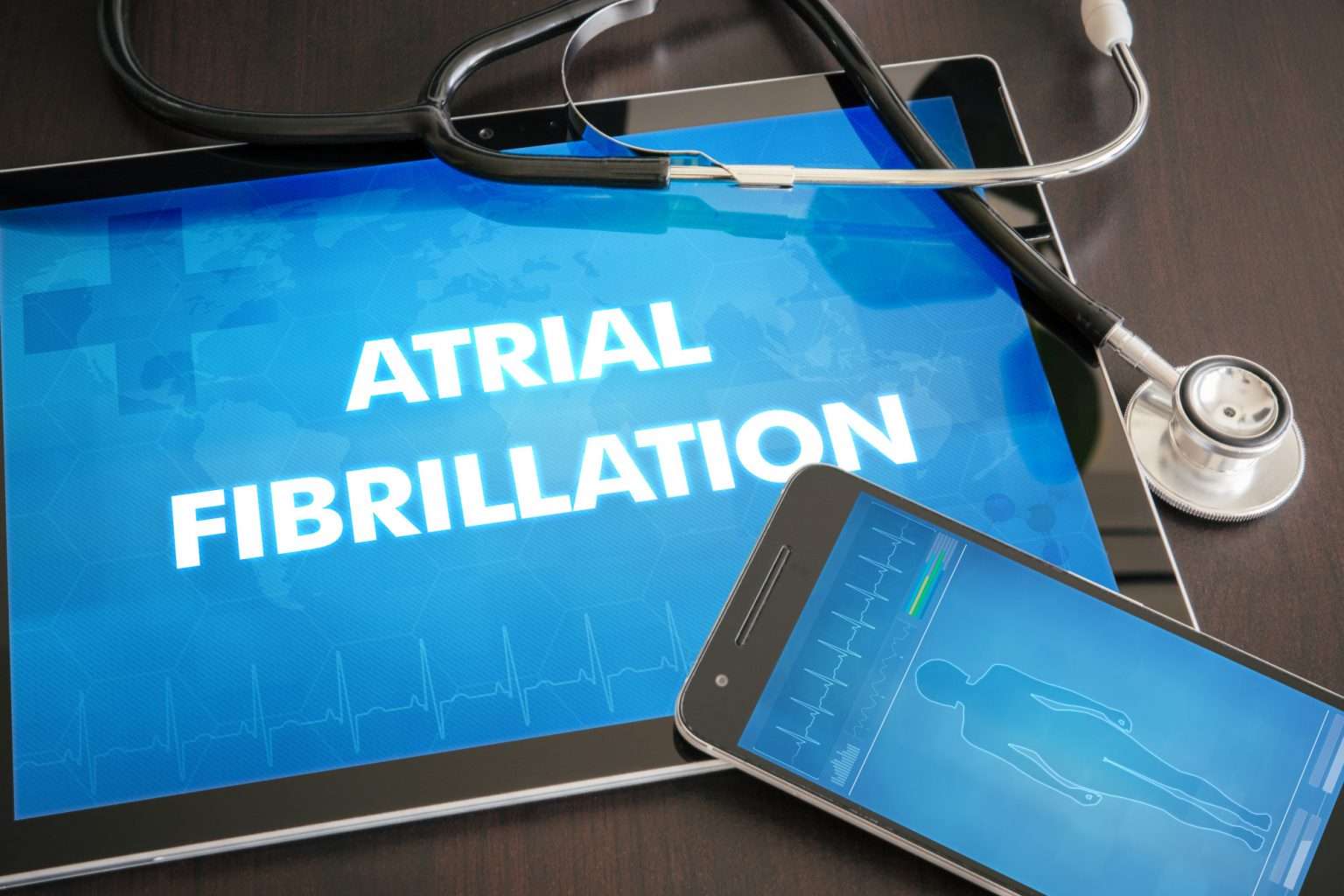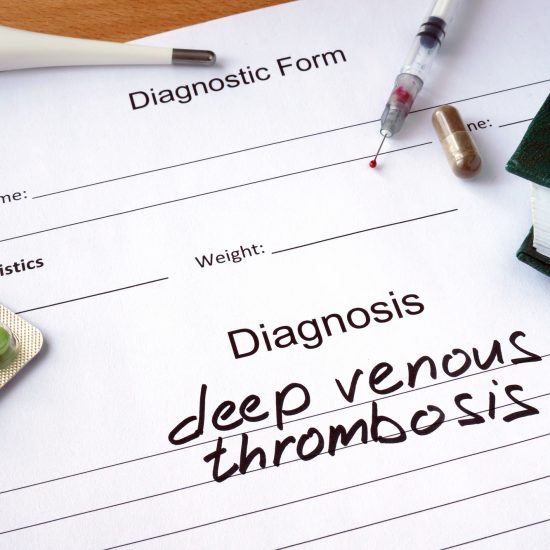
You’ve Been Diagnosed with Atrial Fibrillation, Now What?
Has your heart ever felt like it’s fluttering causing you to feel dizzy? This could be a sign of atrial fibrillation (A-Fib). Did you know that between 2.7 million and 6.1 million Americans have A-Fib?
This is the most common type of irregular heartbeat or arrhythmia. There are several different treatment approaches depending on your individual situation. Continue reading to learn more about A-Fib.
What Is Atrial Fibrillation?
The heart has 4 chambers including two atria on top and two ventricles on the bottom. Normal heart function relies on the heart muscles responding to electrical impulses.
The normal impulse starts at the sinoatrial (SA) node and goes to both atria. It then follows the conduction pathway to the ventricles.
An arrhythmia describes an abnormal speed or rhythm of the heartbeat. With atrial fibrillation (A-Fib), there’s a disruption in the conduction system. The SA node no longer initiates a normal electrical impulse.
Abnormal areas in the atrium begin firing in a rapid, irregular pattern. This causes the atria to quiver so the chambers can’t fill or empty the blood normally. Less blood goes to the ventricles which decreases the blood flow from the heart.
Causes of A-Fib
A-Fib may have many different causes. Some of the most common causes include:
- Cardiomyopathy: an enlargement of the heart
- Chronic lung disease
- Heart birth defects
- Disease in the coronary arteries that supply blood to the heart
- Past heart surgery
- Abnormal heart valves
- High blood pressure
- Clots or obstructions in the lung
Less common causes include high thyroid levels, viral infections, and pericarditis. Pericarditis is an inflammation of the sac around the heart. About 10% of A-Fib diagnoses have no related heart disease.
In these cases, it may be due to excessive caffeine or alcohol use. Stress, metabolic and electrolyte imbalances, and certain drugs may cause A-Fib. It’s also found in some patients with severe infections or genetic abnormalities.
Other cases have no known cause. The risk of developing A-Fib increases after the age of 60.
Symptoms of A-Fib
A-Fib may come and go for some patients while it persists in others. Some people don’t feel any changes. Others describe the following symptoms:
- Chest pain
- Feeling faint or dizzy
- Palpitations: irregular, fast heartbeat
- Weakness
- Problems with exercising
- Feeling tired
- Confusion
The biggest concern with A-Fib is that the blood can pool in the atria and start clotting. The clot can move into the ventricle and then to the lungs or other parts of the body.
The blood clot can block airways and blood vessels. When tissue becomes deprived of oxygen and blood, it becomes damaged (ischemia). If the problem isn’t resolved, the tissue dies (necrosis).
This can lead to a stroke, pulmonary embolism, or even amputation.
Treatments for A-Fib
The treatment for A-Fib is tailored to each individual. The following describes treatment options.
Antiarrhythmics
Antiarrhythmic medications block sodium, potassium, and calcium channels to resolve the A-Fib. The Vaughan Williams Classifications categorize these medications as follows:
- Class I: sodium-channel blockers
- Class II: beta-blockers
- Class III: potassium-channel blockers
- Class IV: calcium-channel blockers
These medications work to restore a normal heart rhythm (normal sinus rhythm). This decreases the risk of developing blood clots and further complications.
Antiplatelets or Anticoagulants
Antiplatelets and anticoagulants are also called blood thinners. They stop the blood from clotting or break up existing clots. Warfarin or Coumadin® has been commonly used since 1954.
Other anticoagulants, which prevent blood clotting, include apixaban, dabigatran, edoxaban, and rivaroxaban. Eliquis® is a factor Xa inhibitor that stops individual clotting proteins. In rare cases, physicians may prescribe aspirin as a blood thinner.
Cardioversion
Cardioversion restores normal electrical impulse pathways through the heart. This treats symptomatic patients or those with a heart attack or loss of a pulse.
This delivers an electric shock to the heart. The purpose is to stop all electrical activity so the SA node can initiate the impulse. When successful, this resets a normal sinus rhythm.
Catheter Ablation
The goal of catheter ablation is to scar the abnormal heart tissue that’s sending impulses. Three different approaches are used.
Radiofrequency (RF) delivers high-energy RF directly to the problem area. Cryoablation creates a scar using very cold temperatures. Laser light energy is also used to make the scar.
Maze Surgery
The maze procedure is a surgical method for treating scars to treat A-Fib. The physician uses small incisions, radio waves, freezing, ultrasound energy, or microwave.
Scar tissue can’t conduct electrical signals. This allows the creation of a controlled pathway, or maze, to the ventricles.
A-Fib & General Wellness
A-Fib can result from poor general health. Your physician will focus on ways for you to improve your health conditions.
This may involve treating high thyroid, blood pressure, and cholesterol. Other conditions include diabetes, obesity, and sleep apnea.
Improve heart health with a low-sodium, healthy diet and avoid alcohol and caffeine. Establish a routine for physical activity and stress management, and stop smoking.
Taking Prescriptions Properly
If your physician orders medications to treat your a-fib, you MUST take them as prescribed. It may sound silly but it’s very common for people to not follow their doctor’s instructions.
Randomly taking these medications makes their blood levels fluctuate which decreases the effectiveness. This can also increase side effects and increase clotting risks.
If you start to feel better, DO NOT stop taking the medication. This is not like taking acetaminophen for a headache.
Never stop taking the medication without talking to your physician. If you are having unpleasant side effects, tell your doctor so they can make changes or adjustments.
If you have trouble remembering to take the medicine, set an alarm. Different-style pillboxes can help make sure you take all your medicines at the right time. If you can’t go to the pharmacy, use a store that offers delivery.
Don’t forget to take your medications with you if you will be away from home when it’s due. This includes day trips and vacations. Also, take a copy of your prescription with you when you travel in case you run out.
Need A-Fib Medication?
Now you have an overview of atrial fibrillation. If you think you may have A-Fib, see a doctor immediately. Earlier treatment leads to better outcomes.
PharmaPassport offers prescription drugs via our online Canadian pharmacy. We have expert pharmacists to provide guidance and answer questions. Our medications come from regulatory agency-approved international fulfillment centers.
Contact us today to learn more about how we can help with your prescription needs.



